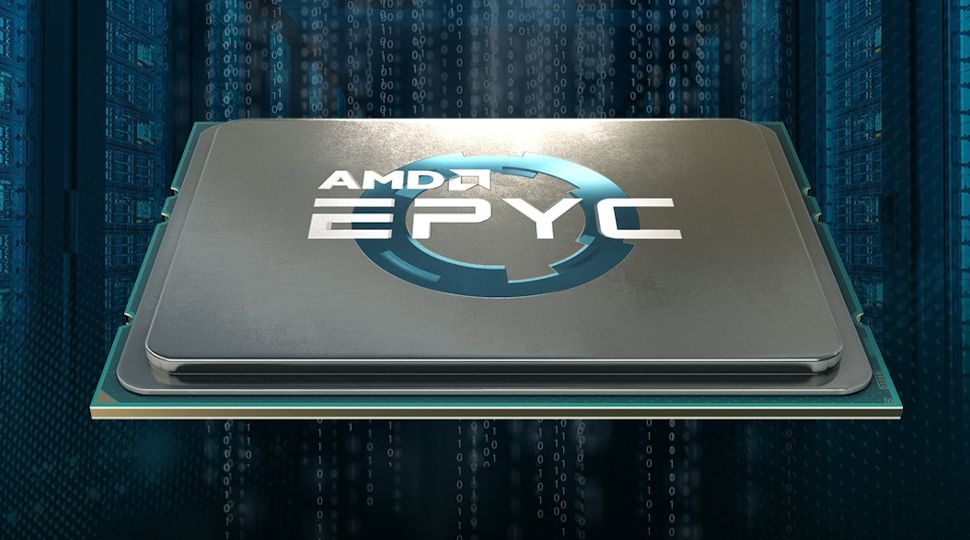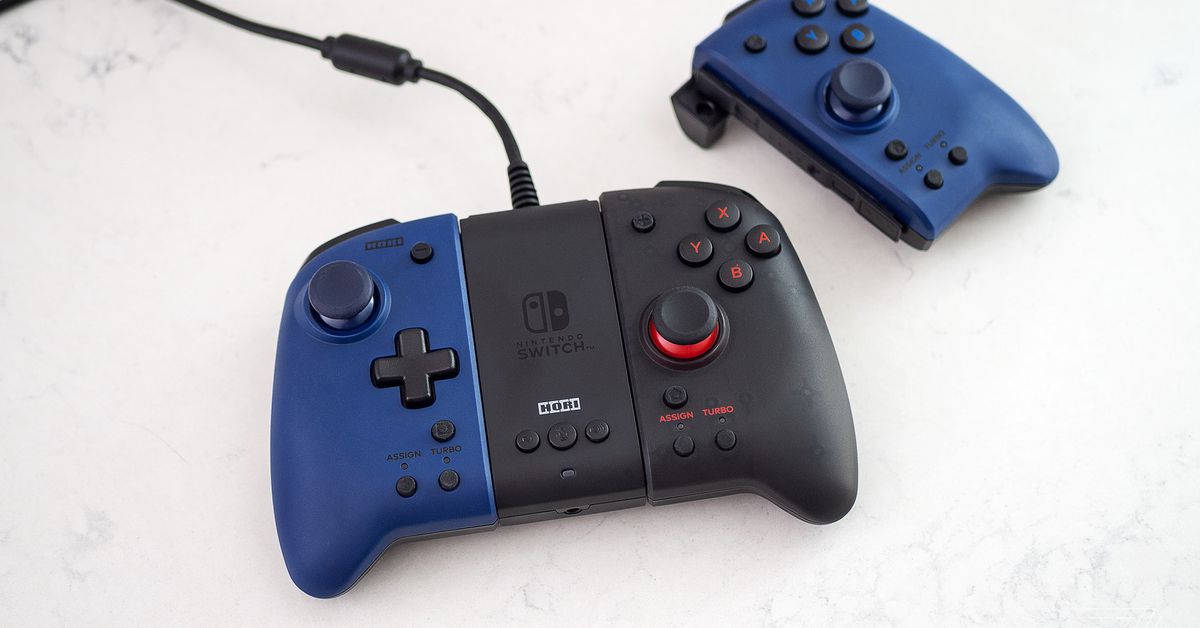EOS Network Foundation battles on the frontlines of the blockchain revolution
We are excited to bring Transform 2022 back in-person July 19 and virtually July 20 – August 3. Join AI and data leaders for insightful talks and exciting networking opportunities. Learn more about Transform 2022
After being on the sidelines for over four years, EOS Network, the third-generation “lightning-fast” blockchain network, is back. The network was quite literally resurrected by its own community — yet another testament that decentralization is indeed “power to the people.”
The both famous and infamous blockchain that raised an incredible $4.1 billion in the biggest ICO (initial coin offering) back in 2018 and then slipped into the shadows (with all the money) has just published a set of Blue Papers that detail the renewed development of EOS.
The Blue Papers are the culmination of a battle waged over the last few years to restore the community’s oversight over the EOS blockchain and wrestle it out of the hands of Block.one — the company that developed EOS, and still holds the funds raised in the ICO.
The foundation that was formed by the community for the sole purpose of reviving EOS, named ENF (EOS Network Foundation), has delivered on the promises it made. The community-founded organization, led by community-voted CEO Yves La Rose, has been expanding EOS’ strategic partnerships with new investors, developers, businesses and users.
It’s an exciting and inspiring tale about conviction winning over greed. From EOS’s development and launch to its gradual downfall and most recent promising attempt to reenter the mainstream blockchain consciousness, the platform’s history is nothing short of a Hollywood masterpiece.
Failed promises, stagnation, denial, retreat: The EOS saga
EOS first emerged as Ethereum’s direct competitor and was backed by serious investors, but several instances of human greed led to its gradual decline. According to the official whitepaper published in 2017, the EOSIO platform (the software that powers the EOS Network) was developed by a private company called Block.one.
In the spring of 2018, Block.one launched EOS as an open-source platform and distributed over one billion ERC-20 tokens to ensure widespread distribution of the EOS tokens. During this same time, Block.one’s CEO, Brendan Blumer, announced that the company had raised a record-breaking $4.1 billion from its Initial Coin Offering (ICO), noting that the majority of these funds would be allocated towards developing the EOSIO blockchain. However, this infamous ICO faced constant scrutiny from regulators and authorities alike over irregularities like wash trading, vote trading, and allegations about the majority of the stakes in the network being owned by China.
And this was when problems began to emerge.
Following the launch of the EOS main net in 2018, things haven’t run smoothly for developers Block.one or the EOS community. At this point, some of the most significant contributors started backing out of the project, which led to more troubles for the nascent ecosystem.
Ultimately, in the “promised” decentralized ecosystem of EOS, where network-specific decisions were to be made based on coin holder votes, the concept of vote trading for monetary rewards became rampant. As a result, many EOS enthusiasts started questioning Block.one’s initial promises of a truly decentralized ecosystem.
In 2019, Dan Larimer, Block.one’s leading creator, quit the company. With Larimer gone, Block.one started leaking talent, and activity gradually stalled. It also became increasingly evident that Block.one was losing interest in developing the EOSIO platform further. At this point, the EOS community and investors began talking about the “futuristic” network in the “past tense.”
Things started looking bleak for Block.one and the EOS Network when several EOS token wallets were frozen after accusations of “stolen tokens” — a decision made by a handful of stakeholders from China without the consent of other network participants. Then, in 2020, a crypto investment vehicle named Crypto Assets Opportunity Fund (COAF) registered a class-action lawsuit against Block.one for failing to carry out its promise of decentralization.
EOS’ early backers believed that Block.one would increase EOS token value by driving value back into the blockchain by investing funds raised from the ICO. However, that has never transpired, leading to frustration among longtime EOS supporters.
A new hope
For over four years, the EOS community has held on to the dying ecosystem in hopes that Block.one, the company that developed the software on which EOS operates, would deliver on the promises it made during the platform’s launch in 2018. Unfortunately, that didn’t happen, and several early investors abandoned the network, which ultimately led to its gradual decline.
Fast forward to 2021, and things hadn’t shifted for EOS. This was until the emergence of the EOS Network Foundation, better known as ENF, the first community-founded organization to take over EOS’s original founding company (Block.one in this case). The EOS community and stakeholders channeled their frustration and anger toward Block.one for not doing anything to develop EOS even after receiving a massive amount of money during the ICO to do exactly that, which led to the birth of ENF.
Since its launch in late 2021, the conflict between ENF and Block.one had heated up to whole new levels, with the EOS community ultimately voting to block transactions worth over $250 million (67 million EOS tokens) that Block.one was due to receive over the next five years. ENF CEO Yves La Rose, who was voted in by the ENF community, has reiterated that EOS and ENF will no longer rely on Block.one, as the company is more focused on its interests than contributing anything worthwhile to the EOS Network.
Now, with the Blue Papers live, a clearer roadmap for EOS has consequently emerged. In the Wallet+ Blue Paper, the ENF team has highlighted several improvements across various network components, including wallets, SDKs, and UX/UI standards. The other paper, API+ Blue Paper, is designed to fill critical gaps in EOS’s basic public infrastructure APIs to accelerate developer adoption.
Then there’s the Core+ Blue Paper which includes a series of recommendations to position the platform’s EOSIO protocol as a leader in blockchain technology. Finally, the Audit+ Blue Paper provides the overall framework for security analysis and contract audits for all EOSIO-based dApps.
With the Blue Paper research now published, the ENF team is preparing for its execution. To accomplish this, ENF has partnered with Object Computing, Inc. (OCI), a consulting company whose technology division assisted Block.One in the development of EOSIO. As part of this partnership, OCI will be developing the “Transaction Lifecycle overhaul outlined in ENF’s API+ Blue Paper. The funds ENF received from EOS Network’s recent transfer of 6.5 million to the eosio.grants address, ENF’s official account, are being fully utilized to fund the rehaul of the EOS network.
Fortunately, for the EOS community of developers, block producers, investors, and other stakeholders, it is for the first time that it feels like progress is being made in EOS’s growth and success.
Reuben Jackson is a blockchain security consultant.
DataDecisionMakers
Welcome to the VentureBeat community!
DataDecisionMakers is where experts, including the technical people doing data work, can share data-related insights and innovation.
If you want to read about cutting-edge ideas and up-to-date information, best practices, and the future of data and data tech, join us at DataDecisionMakers.
You might even consider contributing an article of your own!


